

Discover more from Adrian’s Newsletter
A year ago, I began working on a poetry learning experience for my fifth-graders. I’ve always wanted to take a MasterClass. I love the idea of learning from the best of the best. It’s like a modern-day intellectual apprenticeship: Disciplina, patrocinium, nomen. If Socrates had his Thinkery and Plato created the Academy, why couldn’t I create an analogous experience for my students? I make no claims to be an expert in any given subject. I love reading and writing poetry. I have some practice teaching creative writing, even though I never took any creative writing courses in college. How amazing would it have been to take a course from Robert Frost, W.H. Auden, Maya Angelou, or Toni Morrison. What if I could invite a professional poet to my classroom?
I started recreating Billy Collins' poetry MasterClass. I told my students that we would ALL (myself included) be apprenticing with Collins. As their teacher, I would facilitate and supplement throughout. We watched the trailer and got started!
I dropped our class into the world of poetry with professional poets as our guides. We learned how Collins and other professional poets approach their craft. We read and wrote poetry everyday.
I used his lesson plan as a guide, starting with the pleasure poetry gives us and moving to his writing process. Along the way, we watched clips from discussions with another of my favorite poets, Marie Howe. Throughout the unit, I noticed that even my most skeptical students started to appreciate that there are many different ways to approach both reading and writing poetry.
Since I was bootlegging a MasterClass, I found that I needed to heavily supplement each lesson. Without paying for the class, I was stuck using MasterClass’ previews and YouTube clips of Billy Collins talking about poetry. At times, I started to feel the learning experiment fray at the edges, but I couldn’t let it go. I really wanted this to be successful. I needed more poetry from living poets of all genders and races. I utilized TED-Ed and their series There’s a Poem for That. The series pairs contemporary and classical poems with award-winning animators. The videos are incredible!
One of my favorite lessons was pairing 2PAC's poem, The Rose That Grew From Concrete with Gwendolyn Brooks' poem, To Prisoners. I used The Academy of American Poets’ Teach This Poem resources paring it with the Poetry In America's TV Series on PBS. The video for To Prisoners is especially powerful and led us to a class discussion of prison reform and the power of poetry.
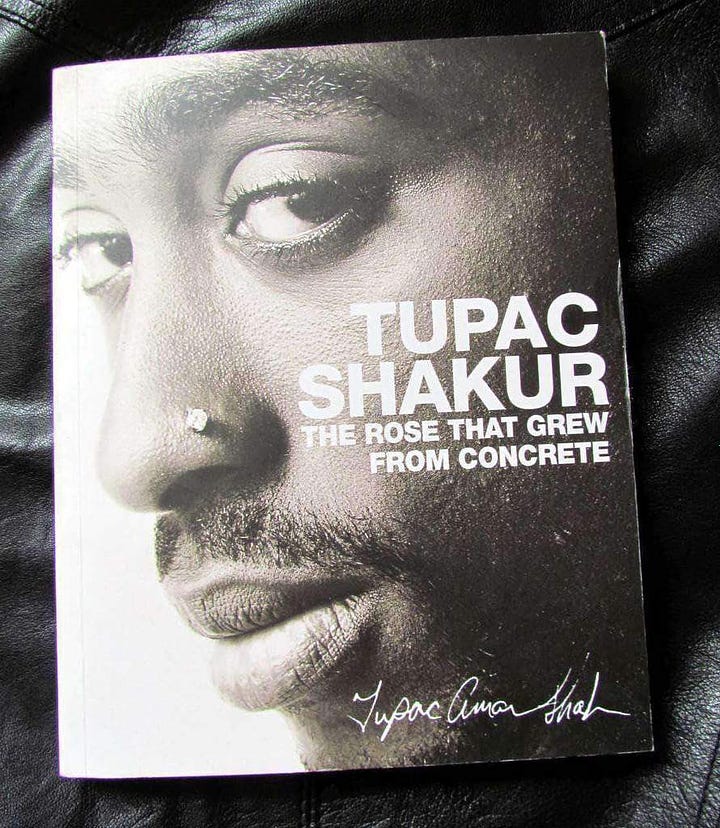

I wanted to get my students to see themselves as poets by introducing them to a diverse set of poets and poetry. Many K-5 students’ only exposure to poetry is Shel Silverstein and Jack Prelutsky; both great poets, but I wanted them to see more. One way I did this was to use my favorite book for teaching poetry to students.
I highly recommend you pick up a copy of Kenneth Koch’s book, Rose, Where Did You Get That Red? It is filled with classic poems ranging from Blake to Shakespeare to Rilke to Japanese poetry. Each poem is accompanied with one of Koch’s lessons that teaches students about word choice, form, and technique by emulating the poet. One of my favorite lessons is where students read William Blake’s poem, The Tyger and then write a poem in which they talk to a beautiful and mysterious creature, asking it anything they want. Koch has student examples throughout the book. Every time I have students do this activity, the resulting poems are incredible.
I also love using annotation and visual thinking in class, so it seemed like a natural fit to have students to annotate poetry we read as a class.

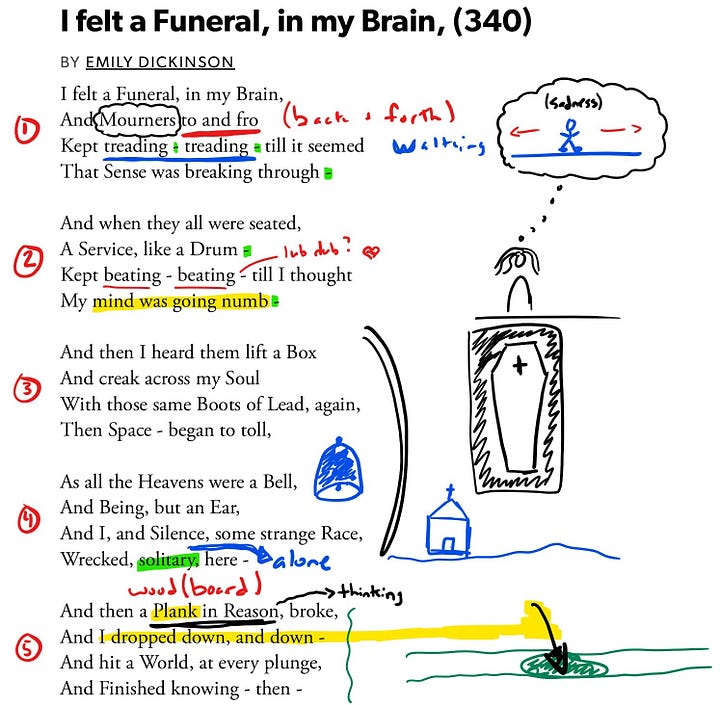
At some point, I was aware that I was straying from Billy Collins’ original MasterClass. This poetry experiment was evolving so quickly, that I was scouring the Internet for more and more resources just to keep up. We fell into a rhythm of reading, annotating, and writing poetry. I wanted my students reading as much poetry as possible, not just what we read in class. I wanted students to find and read poems that they liked. What better way than to design a mini-competition?
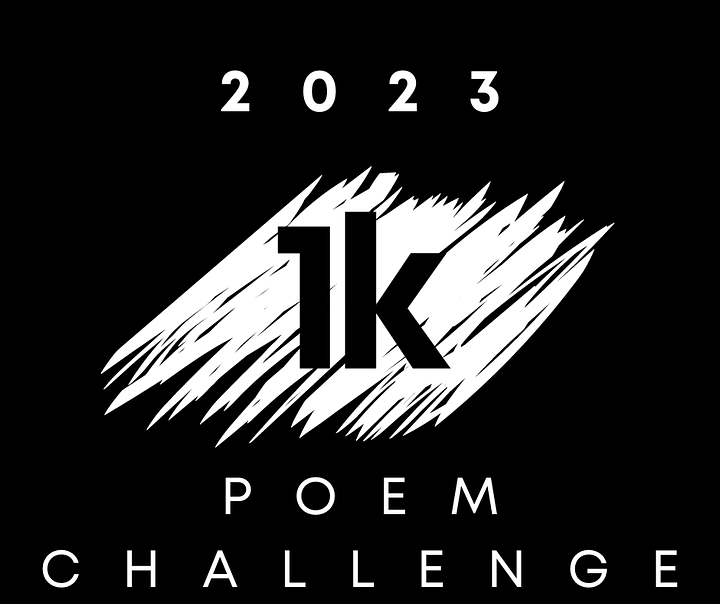
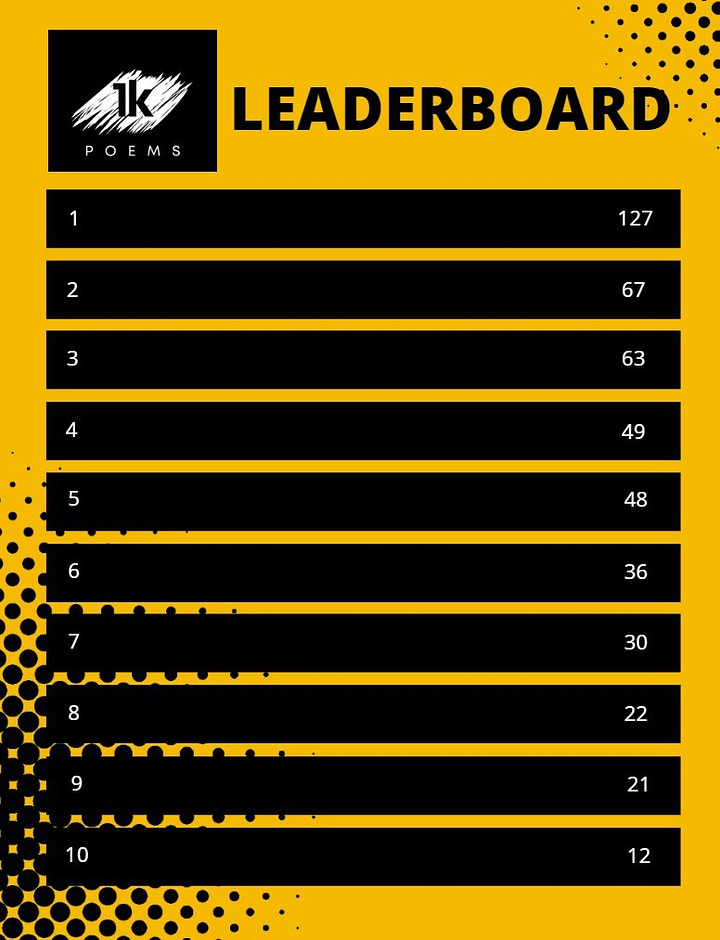
I created a 1,000 Poem Challenge and leaderboard to encourage students to read as much poetry as possible. In the first five days, my students collectively read 475 poems! Students began mass-checking out poetry books from the library. They begged for silent reading each day. It was crazy! In May, one student won the competition, reading a total of 1027 poems. I had prizes for the top three students and we celebrated with a small party at the end of the year.
I wasn’t using Collin’s MasterClass anymore. Each day, we read and annotated a poem together, and then students spent time reading poems for the 1,000 Poem Challenge. Every so often, a student wanted to share a poem with the class, so they asked if they could go up to the front of the class and read aloud. I loved hearing students read poetry that they found and liked. I started thinking: what about a poetry slam?
I had never attended or participated in a Poetry Slam before. I certainly had never prepared students to read poetry as a spoken word competition. I discovered Poetry Out Loud, a national arts education program that helps teachers and students prepare for an annual recitation competition. It’s geared for high school students across the country, but to me, good resources have no age-restrictions. I decided to make this happen for my students. We watched the 2023 Poetry Out Loud Finals in preparation for our own recitations and ended the school year with our Fifth-Grade Poetry Out Loud Day. Students just floored me. Their fluency, voice and articulation, and understanding of their chosen poems was outstanding!
A Failed Learning Experiment
At some point, probably during the 1,000 Poem Challenge, I realized that this experiment was no longer my original idea. What started out as a learning experience in how to read and write poetry from a professional poet, quickly turned into a hodgepodge of student-led activities. I have never planned on the fly so much. I was piecemealing resources together every day after school in preparation for the next day. I didn’t know exactly where we were going, but I was excited and students were engaged.
So, why do I call this a failed learning experiment?
Oftentimes, lessons go awry. Students get stuck in unexpected places. The fire drill goes off. A squirrel jumps through your window and runs around the classroom (yes, this really happened; perhaps some day I’ll tell the story in another post). When a teacher obediently follows a curriculum guide, any deviation is seen as a failure in the lesson. Instead of immersing themselves in the landscape of their curriculum content, noticing its unique features and landmarks, they lose their mental mapping skills and are no longer able to make connections between the content and their students’ interests. This prevents teachers from creating opportunities for students to make their own connections to the content.
I thought that if I stuck to the Billy Collins’ lesson plan, I would be providing my students with the best possible learning experience. We would be learning from a master in their craft. Why would I dare stray from his plan? He is a professional.
The truth is that I wanted to study with Billy Collins, not my students. The origin of this learning experience came from my own desires. I was projecting what I wanted onto my students. They wanted something different. Something of their own making.
The more I followed Collins’ script, the less engaged my students were. Sure, I wasn’t teaching the MasterClass with efficacy. I hadn’t paid for the course and was only able to use bits and pieces. Still, whenever I let Collins drive the lesson, I lost students. As soon as I let my students lead, the entire experiment changed to a dynamic learning experience. Our class discussions were varied and circuitous. One comment led to another, which quickly led me to finding a cool YouTube video to share, which sometimes led to other poems. I lost count the number of times students came to me with a poem or poet that I did not know. I learned more from my students than they learned from me, and probably would have learned from Billy Collins.
I have since curated these resources so as to create a more streamlined learning experience. We read and annotate poetry. We write poetry. We mimic living poets and are inspired by those long dead. At the end, we practice memorizing and reciting a poem and celebrate all things poetry. I still allow for lots of detours, but this time, I know enough to get out of the way and let my students lead. We may diverge, but if we pay attention, we create some meaningful memories, and learn something, too!
Have a great week!
—Adrian
Resources
I’ve sprinkled some resources above, but here are a few more.
If you are interested in hosting your own competition, and sending students to represent your state, check out this page.
How to Bring Spoken Word Poetry into the Classroom
Facing History & Ourselves always has great resources for any grade-level.
There's a Poem for That TED-Ed Playlist
Here are 14 animated videos of a variety of poems.
I’m not sure where I found these steps, but I have since modified for my students. Feel free to use in your classroom
I made this BINGO card using Canva.
Saverio from America SCORES will inspire you to host your own Poetry Slam!

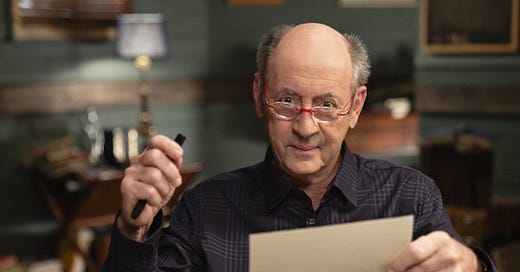



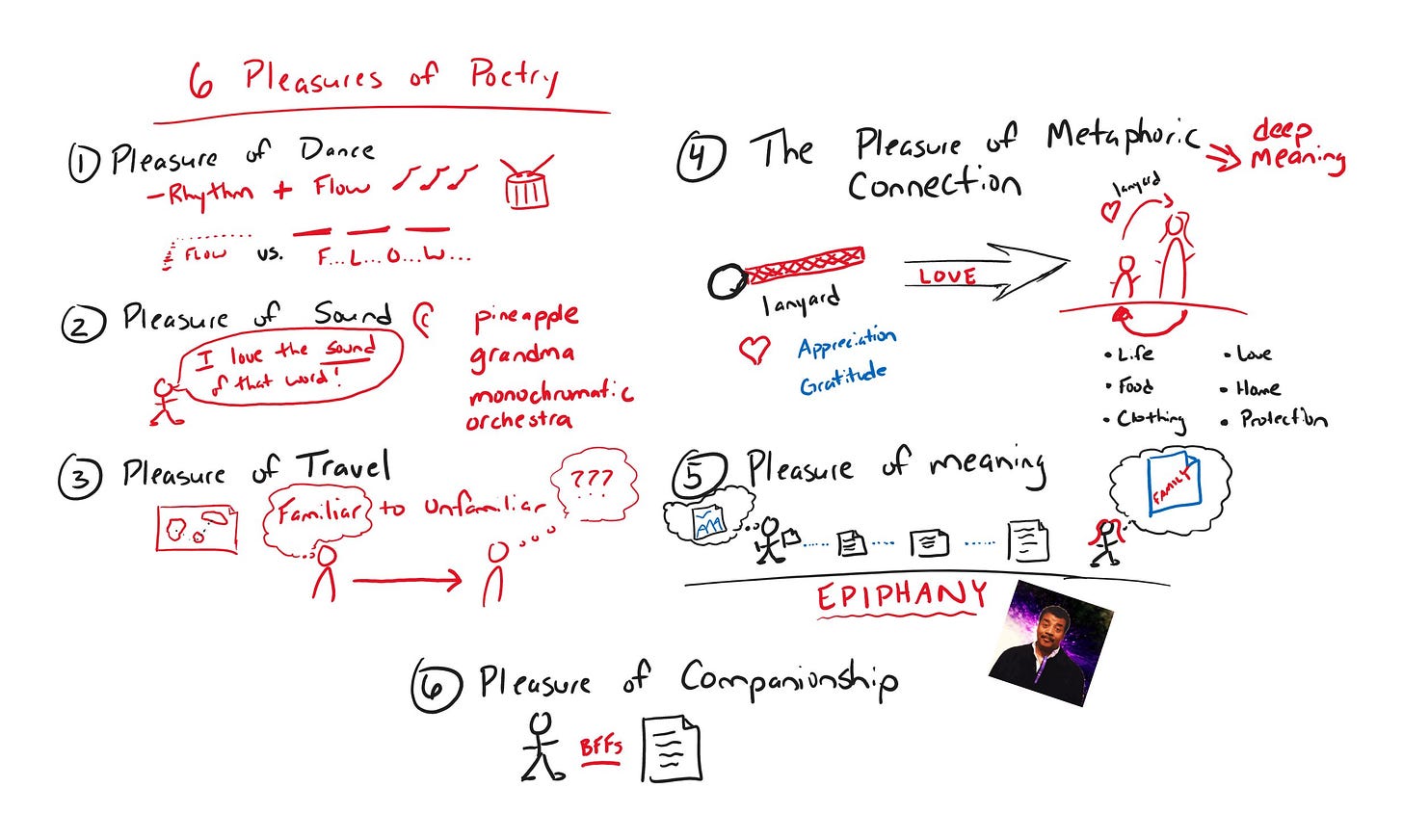
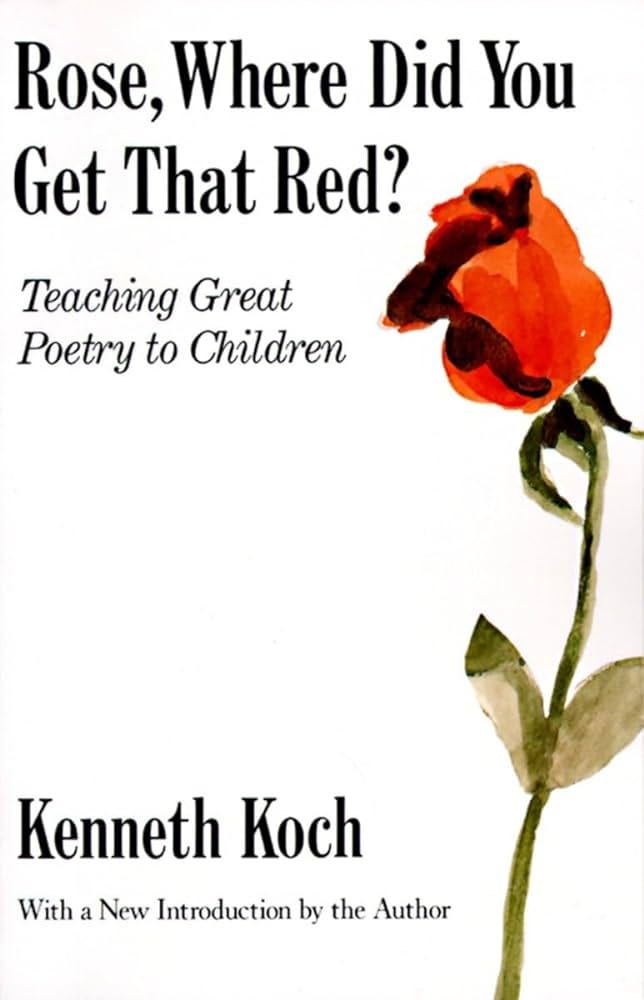
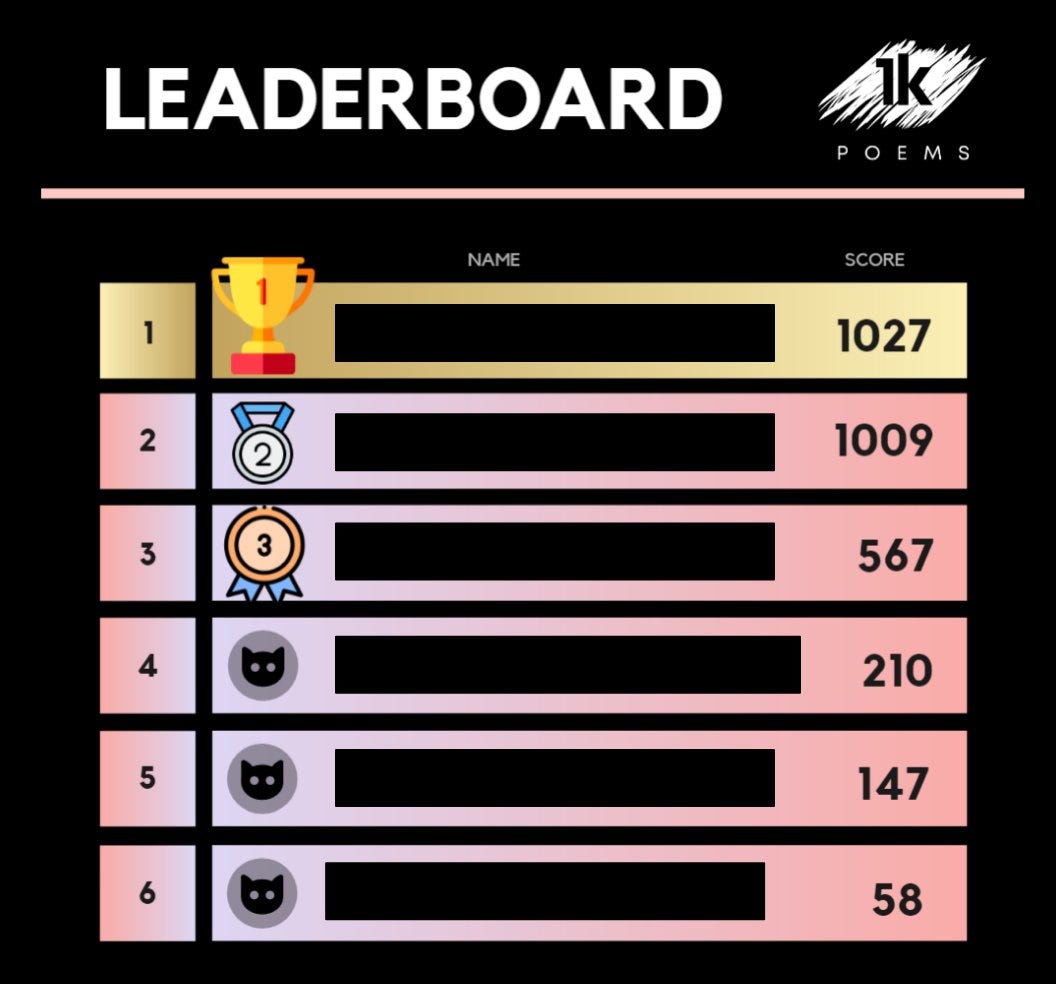
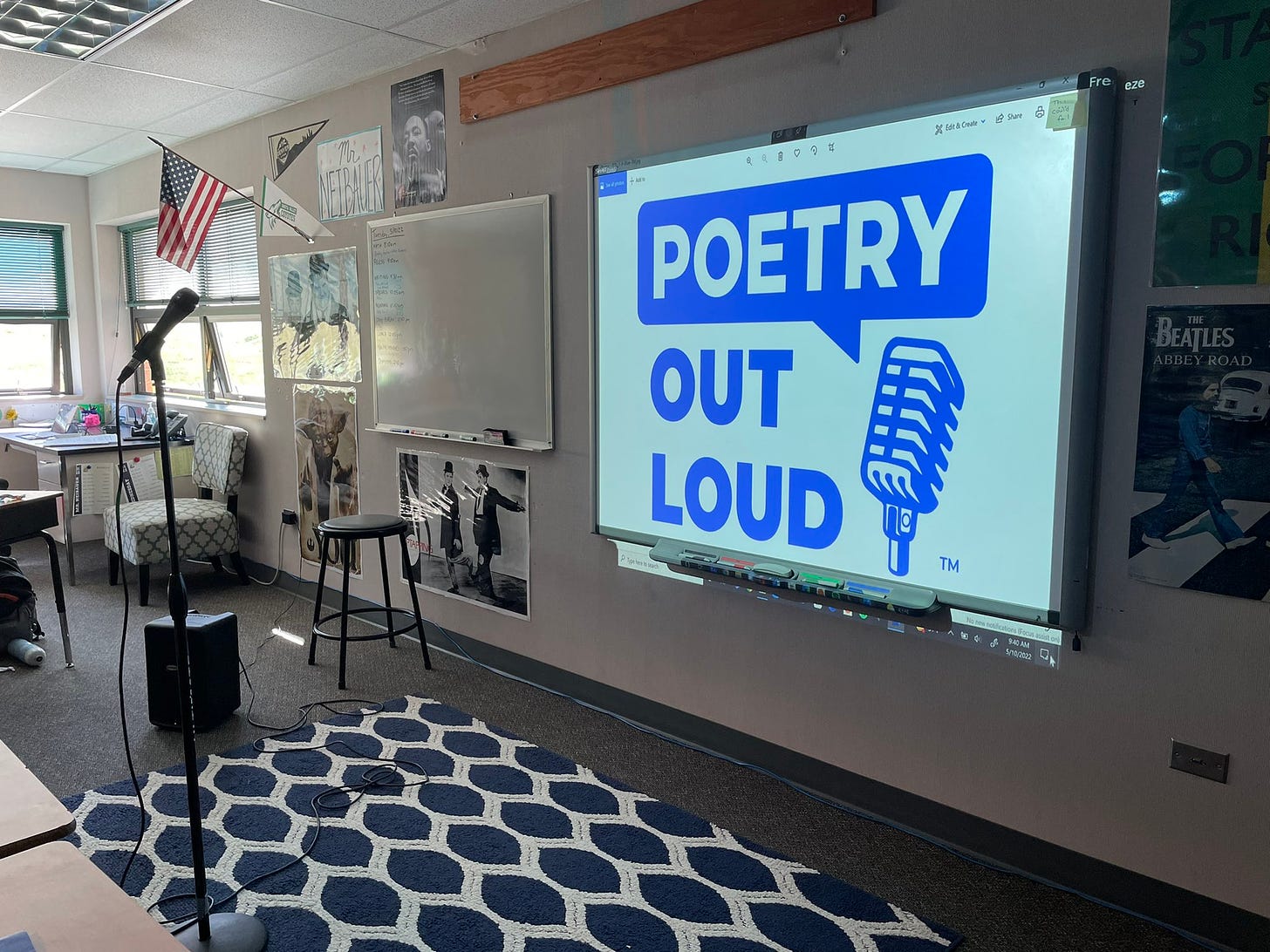






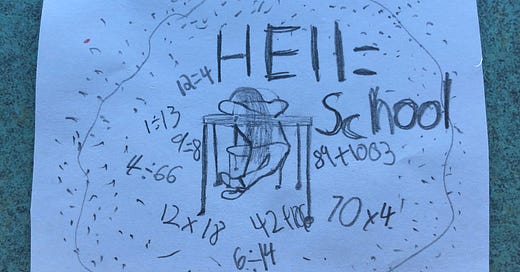

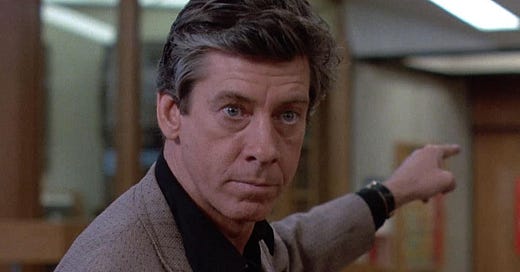



I love, love this post. Every word.
For anyone who teaches at any level (especially literature or language arts), this post is full of wisdom and inspiration.
For anyone who is not a teacher, this post is full of wisdom and inspiration *and* insight into what happens in classrooms every day. Those who can (with few resources but wit and hope and love), *teach.*
This gives me hope. I’m also mindful that many institutions throttle this very creativity in the name of alignment and standardization. You illustrate what real discovery looks like. We need more of this in education.